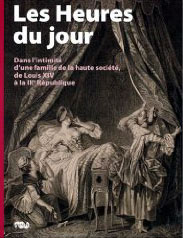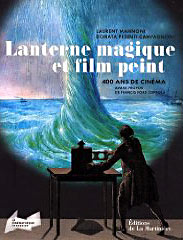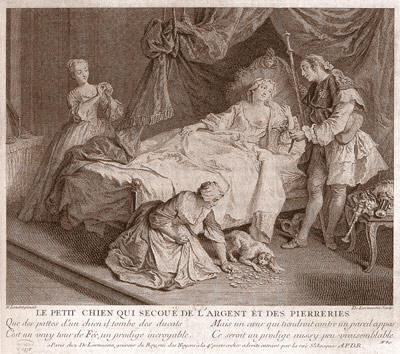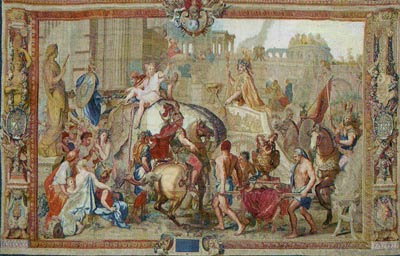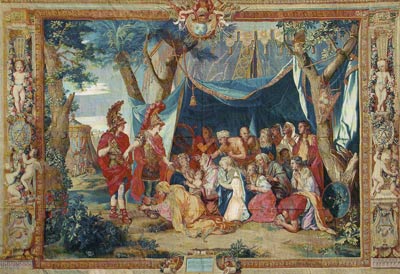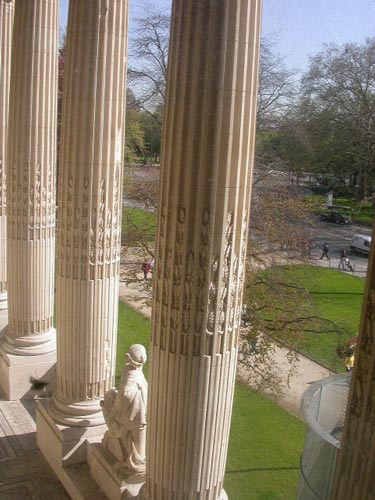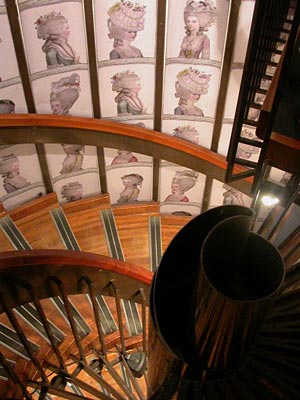Dans l'Atelier des Menus Plaisirs - Exhibition
 Proserpine
Proserpine(libretto by Quinault, music by Lully)
Frontispiece designed by Berain
The "Menus Plaisirs du Roi" was the department of the Maison du Roi (royal household) in charge of the preparation of the events, festivities and ceremonies (including funerals) for the kings of France. They were working as event organizers and their duty ranged from planning the events to the design of the costumes, sets, architectures and their making.
The Archives Nationales are the keeper of the archives of the Maison du Roi, and have a large collection of manuscripts related to the performances and ceremonies organized at the French court during the ancien régime. Among these records, we find a set of eight volumes titled Recueils de décoration de théâtre et de pompes funèbres. It is a collection of drawings from various times and events gathered by the Menus Plaisirs, or, to be more precise, by Antoine Angélique Levesque (1709-1767), "Garde général des magasins des Menus Plaisirs du Roi" i.e. responsible of the place where the costumes and decorations were made and stored.
The Menus Plaisirs archives have recently been inventoried, identified and classified and the present exhibition is a way to value the important work done.
 Amadis de Gaule (1699), project by Jean Bérain
Amadis de Gaule (1699), project by Jean Bérainlibretto by Antoine Houdar de la Motte - music by André Cardinal Destouches
A huge and most interesting 256-pages catalogue was published on the occasion :
Dans l'atelier des Menus Plaisirs du Roi - spectacles, fêtes et cérémonies aux XVIIe et XVIIIe siècle.
by Jérôme de la Gorce et Pierre Jugie
ISBN : 978-2-85495-439-5
Archives Nationales, Paris, 2010
Editions Artlys, Versailles 2010
€ 35
But that's not all : more interesting, especially to those of my foreign readers who cannot attend the exhibition or read the catalogue, the archives Nationales have put the whole series of books compiled by Antoine Angélique Levesque on their site ARCHIM :
Labels: Entertainment, Exhibitions, Staging
 17th & 18th-Century history, arts & music
17th & 18th-Century history, arts & music
